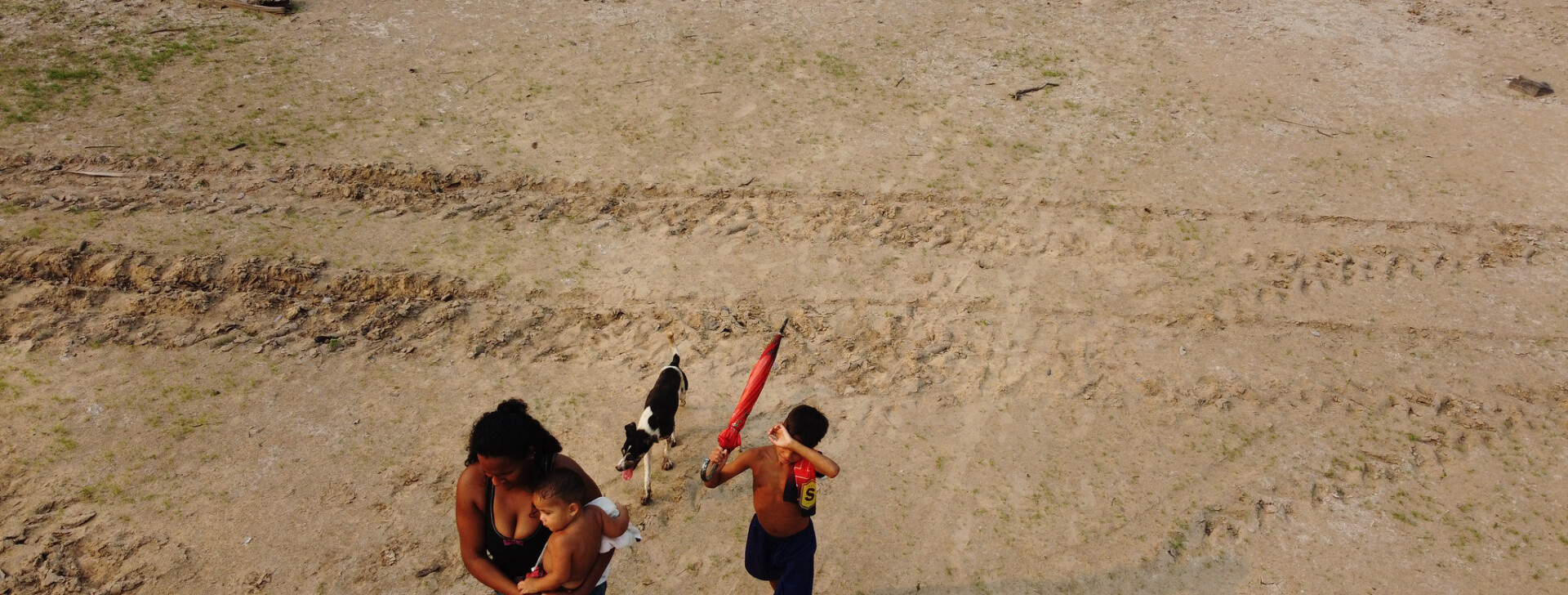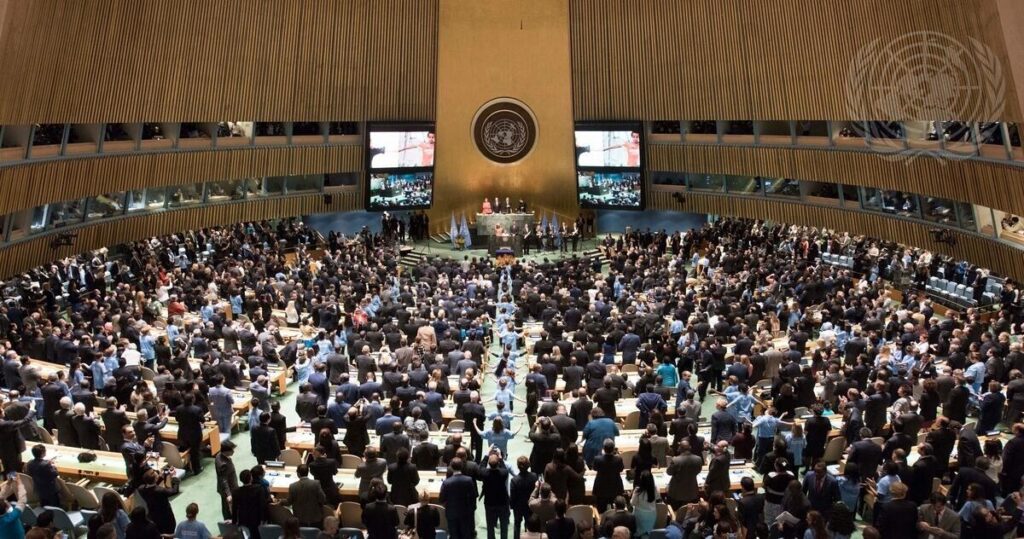Paris Agreement goal is out of reach, warns Brazilian scientist
14 de October de 2025

By Fred Santana – From Cenarium
MANAUS (AM) – The global goal of limiting Earth’s warming to 1.5°C, established in 2015 under the Paris Agreement, is no longer achievable. The stark warning comes from scientist Paulo Henrique de Mello Santana, professor at the Federal University of ABC (UFABC) and contributor to the book Energy from Waste — winner of the 2025 Jabuti Academic Award in the Engineering category.
According to him, however, this diagnosis should not be read as pessimism, but as an essential premise for humanity to act and adapt. “The goal of limiting global warming to 1.5°C has become increasingly unfeasible, but that does not mean that action has lost its purpose. The realistic horizon is now twofold: reduce emissions as much as possible to avoid surpassing 2°C and, at the same time, place adaptation at the center of the agenda,” Santana explains.
The scientist argues that climate adaptation (adjusting to the effects) must receive the same priority as mitigation (reducing the effects). “It’s not enough to talk about mitigation; we need to prepare cities, economies, and communities for the impacts already underway — droughts, floods, heat waves. As I discuss in my book Beyond Denial, it is essential to recognize the reality of the climate crisis and act on two fronts: urgently cut emissions and strengthen societal resilience,” the scientist suggests.
Scarce funding
The major challenge, however, is who will pay the bill. According to the Adaptation Gap Report from the United Nations Environment Programme (UNEP), up to US$387 billion per year would be needed to finance adaptation measures. Yet, the volume of resources mobilized by the international community reached only US$21.3 billion, just 5.5% of what is required.
“We need a wartime effort on two simultaneous fronts: adaptation and decarbonization,” urged Paulo Henrique Santana. “This gap is not just a number; it represents early warning systems that are not installed, infrastructures that are not built, and lives that are lost,” he warned, stressing that the lack of funding directly undermines the safety and resilience of the most vulnerable communities. Santana adds that the priority must be the practical application of these funds, turning science and planning into concrete protection measures.

Santana also states that one way to prevent pessimism and break inertia lies in communication. “To overcome inertia, it is crucial to change how the issue is communicated. We must move away from the abstraction of global targets and show how the climate crisis already affects people’s health, food security, economy, and daily life. The most effective communication connects science with real stories and highlights both the risks of inaction and the benefits of taking action,” he suggests.
Another demand that cannot be ignored, he adds, is the economy. “Social mobilization must frame the idea of opportunity: the climate transition means innovation, green jobs, and inclusion. Institutional coordination must unite governments, the private sector, and civil society around a clear narrative: mitigation and adaptation do not compete, they complement each other. Only with this integrated vision can we turn the climate agenda into a cross-cutting priority and generate coordinated action,” Santana points out.
It is worth noting that, according to the Intergovernmental Panel on Climate Change (IPCC), the global average temperature has already risen by 1.1°C, and emissions must be reduced by nearly half by 2030 for the target to have any chance of being achieved.

